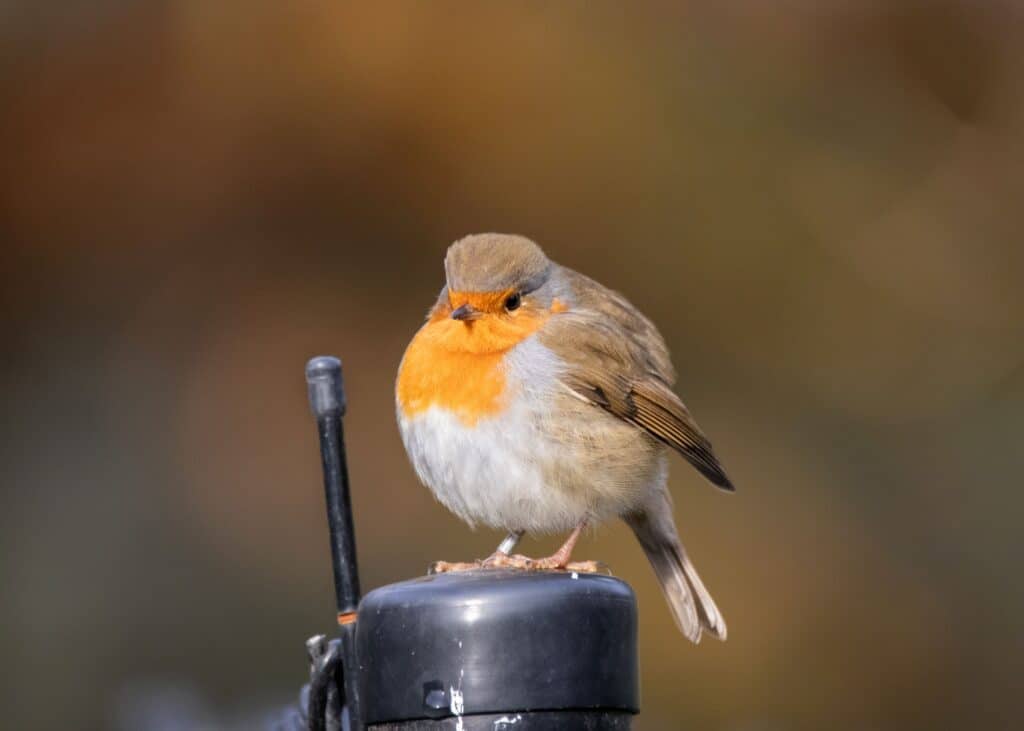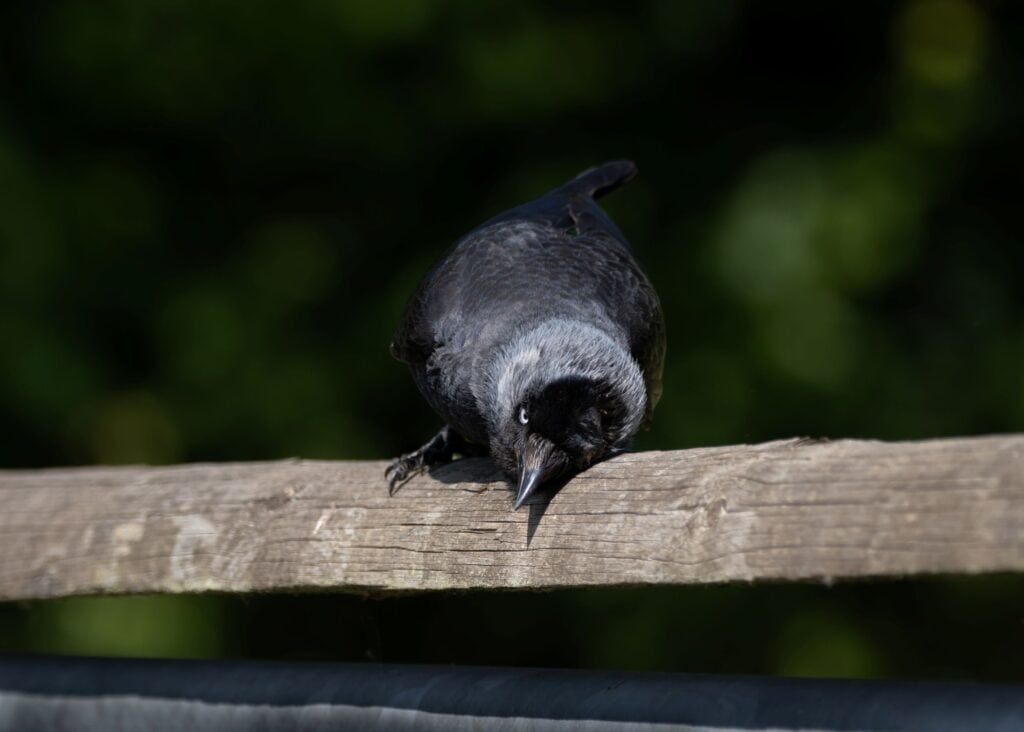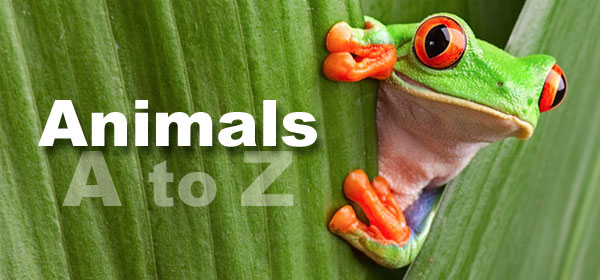I have spent a fair share of my life in zoos. Either working hard at the zoo I work at or playing hard at a zoo I’m visiting. During my time in these zoos, among all the captivating animals in their enclosures that get cared for by an amazing team of keepers, is an array of wildlife that you will seldom see anywhere else living among human habitation. When people think zoo, they think captivity, never a wildlife hotspot. So strong is this natural magnet, I can honestly say that I have only ever seen some wild animals living freely within zoos. For example, tree sparrows (Passer montanus) are native to England, with the Southeast being one of their strongholds. However, I have never seen one in the UK. When I went to Warsaw Zoo during the Christmas period with my good lady, I saw dozens of them chilling and thriving in the Polish Winter. The clouded yellow (Colias croceus) is a migratory species of butterfly that visits the UK all the way from Africa. This surprisingly muscular butterfly has only ever visited me once on my lunch break at the Isle of Wight Zoo, that glimpse of flashing yellow gave me the biggest smile imaginable! These are only two of many species that I have only ever spotted wild in a zoo.

The reason zoos and other animal attractions attract so much wildlife is due to a whole myriad of factors. The biggest and most obvious reason would be the thing that all of life revolves around, food. One of the biggest expenditures at any animal establishment is the animal feed. Our animals go through gigantic amounts of it. Whether it’s wheelbarrows full of fruit and veg, buckets full of fish or even massive chunks of meat, none of it goes unnoticed. Wild birds are the best for seizing the initiative straight away, swooping down onto the food to try and beat the intended target for a few quick beak-fulls. Whether it is house sparrows or herring gulls, many of the birds have become quick and decisive thieves. To combat this, we have to either alter the way we feed them, increase the amount of food we feed out to account for loss to wildlife or even staying in with some of our animals as they eat. This swift decisive approach isn’t the only way the wildlife grabs their food, our animals sometimes can be very wasteful. Leftovers mostly attract shy and more elusive wildlife such as rodents and rabbits. To avoid this, we monitor our wastage constantly so we can accurately judge the right amount to feed out in order to limit the amount of food wasted.

Our zoos even have their own apex predators within their little wild ecosystem. In some of the zoos I have worked at, I have had glimpses of foxes, badgers, weasels, stoats, sparrow hawks, kestrels and buzzards to name a few. These predators take advantage of the abundance of potential prey and often scraps from our own carnivores. Another nice simple reason is water. Our animals are given fresh drinking water daily. Many enclosures contain small, medium or even large bodies of water in them. This can attract a lot of waterfowl like mallards and geese, or even other water birds like moorhens and coots. Both pied and grey wagtails love bodies of water as they attract huge amounts of insects that they can feast upon. Other birds such as corvids and smaller passerine birds just enjoy using these bodies of water, shallow water trays or even the bowls of drinking water as a potential bird bath. Many zoos have ponds used as decorative features around their site; these provide mini ecosystems of their own. Frogs, toads, newts and a variety of aquatic inverts will use these ponds as breeding bases. Often zoos have ornamental gardens, dedicated areas for weeds to thrive for wildlife and sometimes just enclosures that could do with a good strim. These attract an unfathomable number of butterflies, moths, bees and other species of insects.

Shelter, it’s warm, dry and safe, just like my mum’s roast chicken. Lots of wildlife utilise enclosures and buildings as a place to roost, build nests and to stay covered from the elements. Barn swallows are a great example of a species that takes advantage of all the nesting opportunities on offer within zoos. Mock cave exhibits and large storage barns draw in breeding pairs of swallows like moths to a flame. The meshing of enclosure perimeter fences also provides a safe haven for prey species such as small birds from large predators like sparrow hawks and other raptors.

I highly recommend keeping an eye out for any wild critters whenever you next pop down to Wingham Wildlife Park. You may see a red admiral butterfly, a cheeky chaffinch or maybe something that not even our keepers have seen before!



By Ryan, Deputy Head of Birds


